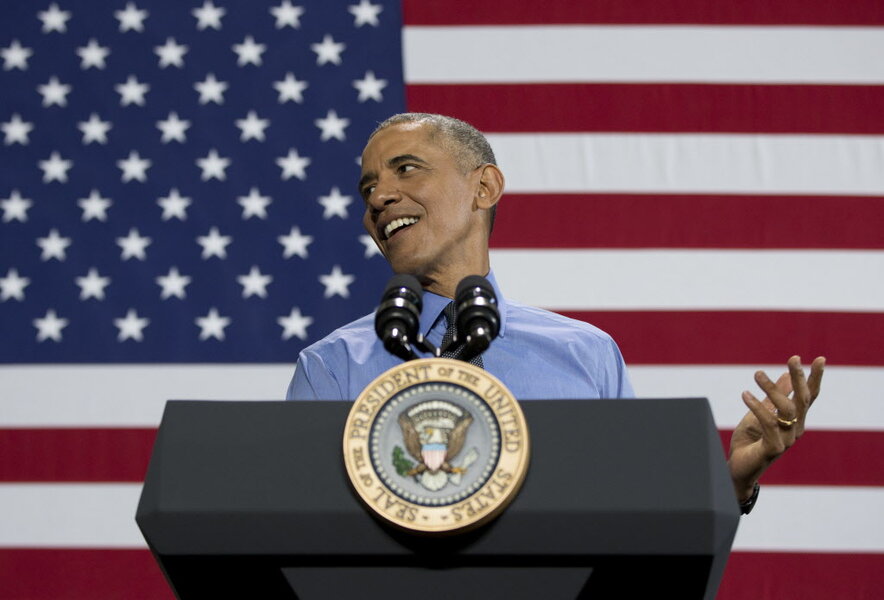How Obama wants to change retirement planning
Loading...
The White House wants to make retirement planning easier for an estimated 30 million more Americans.
President Barack Obama is getting ready to send his 2017 budget proposal to Congress, and his plan includes several substantial proposals that would expand the accessibility of employer-sponsored retirement benefits.
For one, new legislation would require companies that don't offer employee retirement plans to automatically enroll their workers in in in Individual Retirement Accounts (IRAs). Employers who complied would get a $3,000 tax credit to cover the administrative costs involved.
The plan also would require companies to expand their current retirement plans to include part-time workers who work 500 hours a year, for three years.
Small businesses, meanwhile, would be permitted to come together and pool their employee plans in order to bring down expenses.
"We are willing to take steps to make it easier and cheaper for employers to offer a path to dignified retirement," US Labor Secretary Thomas Perez said in a statement to reporters. "They should be willing to do the right thing and set up more plans so their workers can save."
The proposal builds upon priorities that President Obama laid out during his final State of the Union Address on Jan. 12.
“[M]iddle-class economics means helping working families feel more secure in a world of constant change," he said. "That means helping folks afford childcare, college, health care, a home, retirement -- and my budget will address each of these issues.”
The idea of more accessible employee retirement plans has attracted broad bipartisan support. Both the conservative Heritage Foundation and the more centrist Brookings Foundation have each recommended auto-enroll retirement programs in the past as a viable option for employees to help make their way towards a more comfortable retirement.
"These items shouldn't be particularly controversial," Mr. Perez said Tuesday. "In fact a lot of these ideas enjoy bipartisan support and have bipartisan roots."
It's the administration's latest move attempting to help more workers save for retirement. In November, Treasury Department introduced the myRA, or "my Retirement Account," an IRA-style savings account with no fees and no minimum balances. The goal of the myRA, according to Treasury Secretary Jack Lew, is as a starter account that can serve as a gateway to more sophisticated retirement savings vehicles.
"myRA can give people confidence that they're taking steps in the right direction, and it can serve as a bridge to other savings options that will carry them the rest of the way," Mr. Lew said in an op-ed announcing the myRA's November launch. "myRA alone will not solve the nation's retirement savings gap, but it will be an important stepping stone for encouraging and creating a nation of savers."
For some 62 percent of Americans who don’t have access to a retirement plan at their place of work, a myRA account might be an attractive option. People can use it to save up to $15,000 before transferring to a private-sector Roth IRA.
"myRA is designed to remove common barriers to saving, and give people an easy way to get started," Lew said in the release.
Only a small portion of Americans are saving some portion of their income for retirement. According to a May 2015 Federal Reserve report, only 45 percent of Americans have enough money in an emergency fund to cover three months of expenses. Additionally, 39 percent of non-retirees have given little or no thought to financial planning for retirement, and 31 percent have no retirement savings or pension, according to the report.






